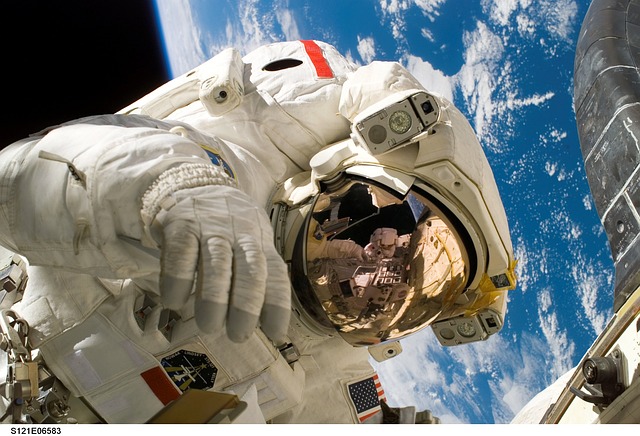The first US-built spacecraft to land on the moon in over fifty years, Odysseus, is currently tipped over on its side, as reported by Nasa and Intuitive Machines, the company responsible for constructing and managing the lander.
On Thursday at 6.23pm ET, the robotic lander touched down on the south polar region of the moon. However, it took flight controllers several minutes to establish a connection with the lander’s communication systems.
When it touched down, Odysseus “caught a foot in the surface and tipped,” according to Intuitive Machines CEO Steve Altemus, ultimately ending up on its side.
Nevertheless, the lander is close to or at our planned landing spot, according to him. Nasa and Intuitive Machines have been receiving data from the lander and are confident that the scientific instruments it is carrying are ready to work.
Tim Crain, the chief technology officer and co-founder of Intuitive Machines, described the day as truly magical during the press conference on Friday.
The location where Odysseus arrived, close to the crater Malapert Near the moon’s south pole lies a challenging landscape filled with craters.
Scientists selected this location due to their belief that it holds abundant frozen water, crucial for supporting a permanent lunar base.
Imagery and a reconstruction of the landing incident will probably be released in the next few days.
NASA’s Lunar Mission Highlights Challenges and Market Response

The first US-built spacecraft to land on the moon in over fifty years, Odysseus, is currently tipped over on its side, as reported by Nasa and Intuitive Machines, the company responsible for constructing and managing the lander.
Nasa paid Intuitive Machines $118m for the journey as part of the agency’s Commercial Lunar Payload Services (CLPS) initiative, which grants contracts to private partners.
This mission is a crucial component of the Artemis program aimed at sending astronauts back to the moon.
Throughout Odysseus’s seven-day mission, powered by solar energy until the landing site enters Earth’s shadow, NASA aims to study the soil’s response to the landing impact.
Other instruments have been sent by the agency as part of the lander’s payload, which includes communication devices.
The 14ft (4.3 meters) hexagonal, six-legged lander utilized NASA’s experimental laser navigation system to steer its descent when Intuitive Machines’ laser instrument malfunctioned.
An instrument known as EagleCam, a cube equipped with cameras created by Embry-Riddle Aeronautical University, was intended to detach 30 seconds before landing to take photos of Odysseus’ touchdown.
However, the device was intentionally turned off during descent to switch the navigation system.
According to Troy Henderson from Embry-Riddle, the team aims to launch EagleCam in the next few days to capture images of the lander from a distance of approximately 26ft (8 meters).
Henderson emphasized the importance of capturing the final picture of the lander on the moon’s surface, given the ongoing uncertainty surrounding Odysseus’s location.
Shares of Intuitive Machines, the first private company to successfully land on the moon, fell by 30% in extended trade on Friday following reports that the spacecraft had tipped over.
